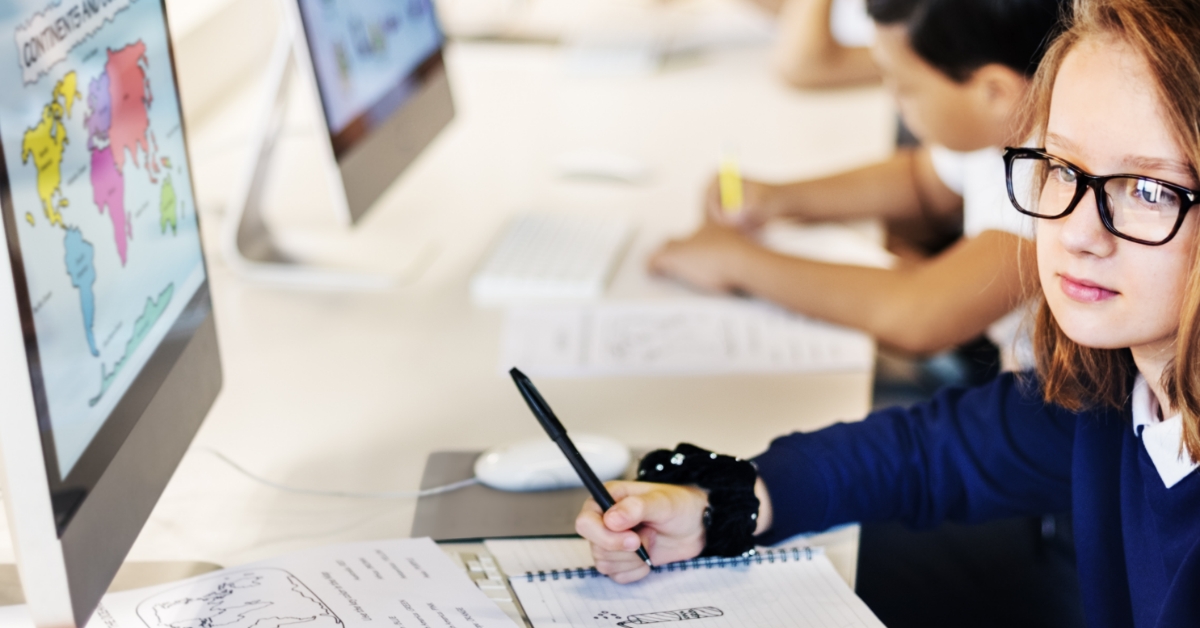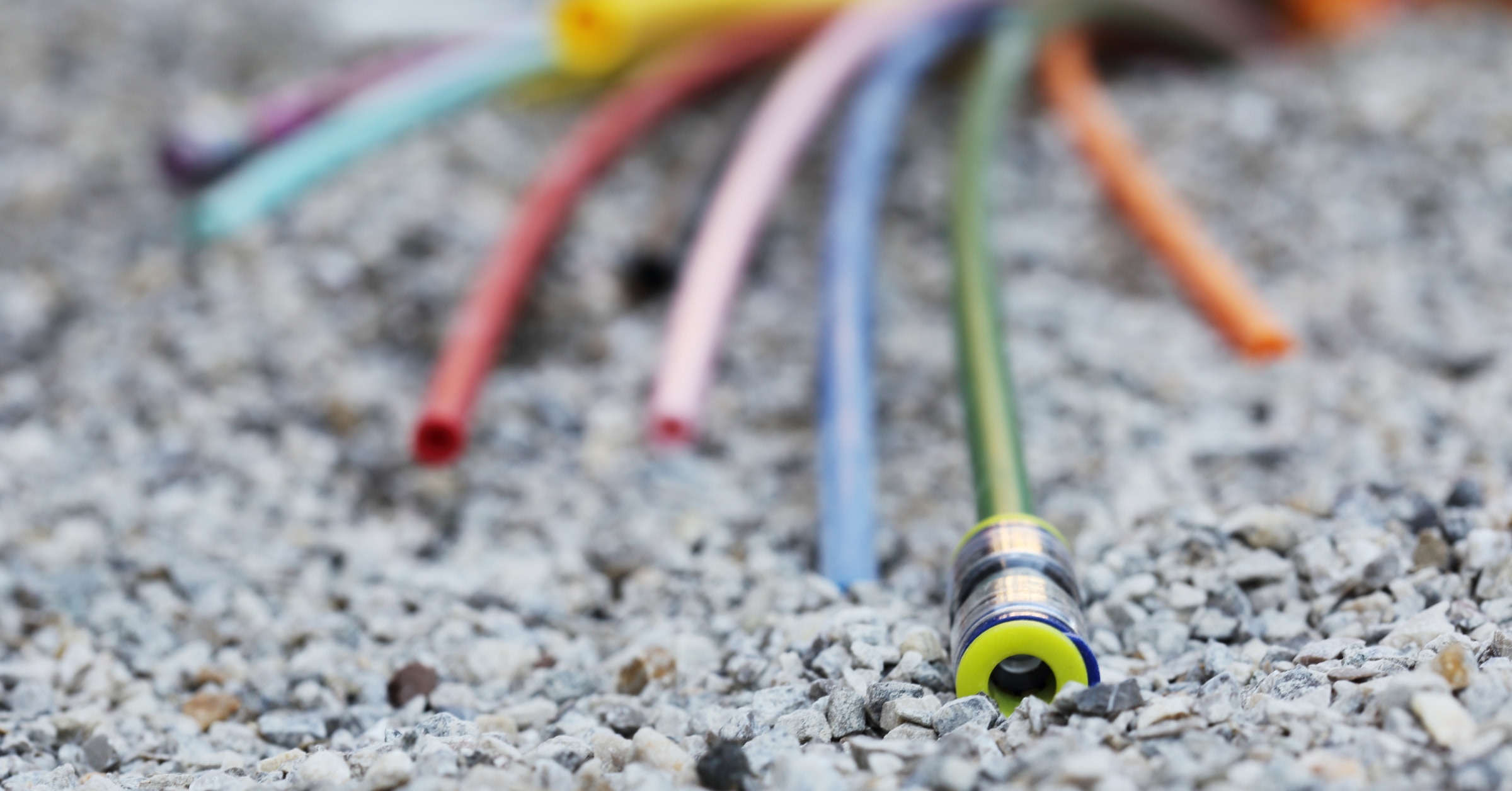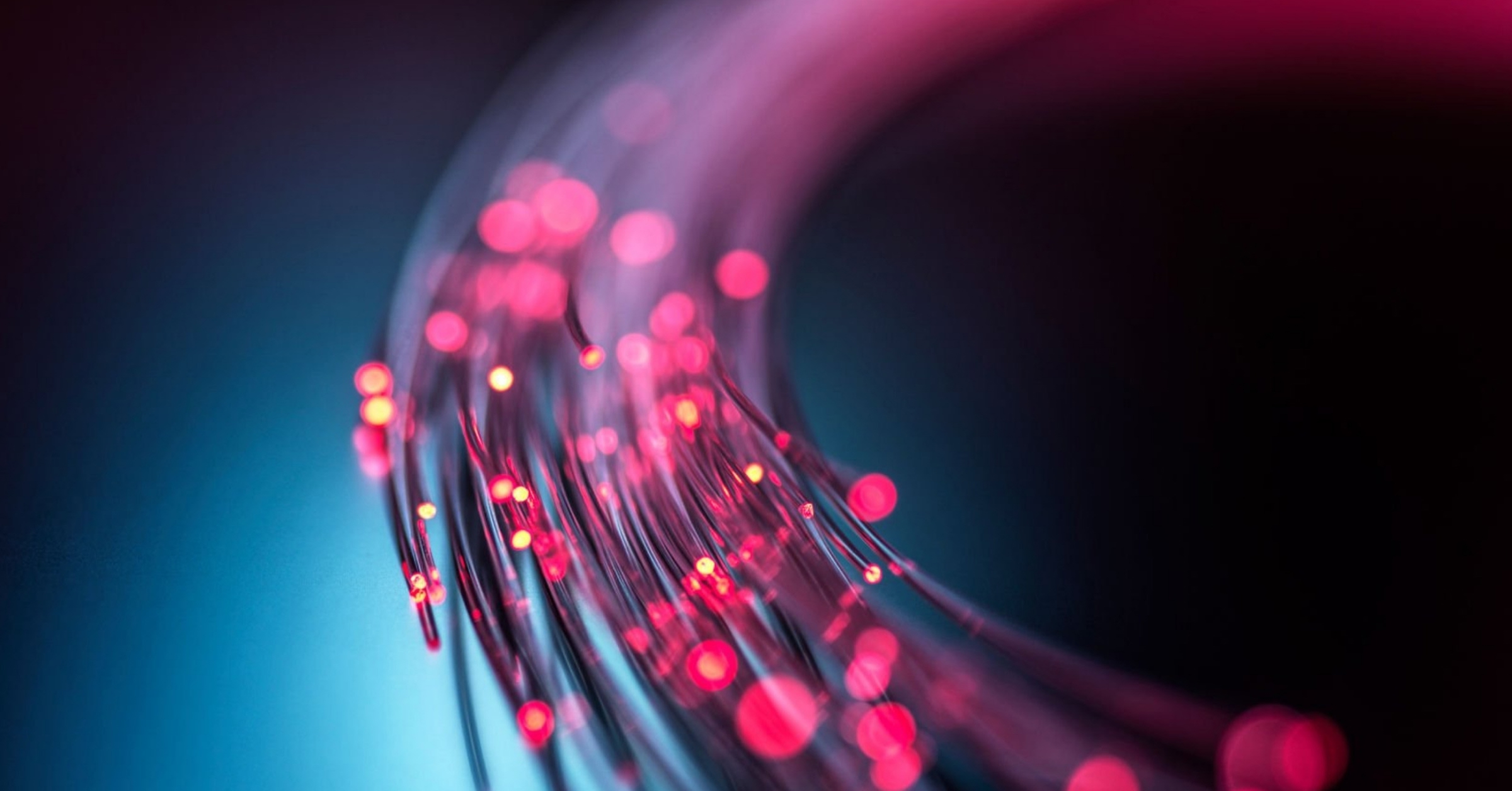Modern education is increasingly connected and digital, an evolution that opens new opportunities for students and teachers while also presenting challenges related to access and connectivity quality. A reliable, ultra-fast network is essential for bridging the digital divide, making education more accessible and innovative, anywhere and for everyone.
Today, tools such as e-learning platforms, high-definition video lessons, and virtual labs are integral parts of the educational journey, making a stable, fast, and reliable internet connection indispensable. However, the digital divide remains an obstacle for many schools and families, particularly in underserved areas, limiting access to equitable and innovative education.
The role of connectivity in modern education
In the era of digital education, connectivity is no longer just a support but an essential element for learning. New resources have transformed how students and teachers access knowledge, breaking down physical barriers and ensuring a more flexible and engaging learning experience.
However, without a stable and high-performing network, these innovations risk becoming inaccessible to many, widening the digital divide between those who can fully utilize online resources and those hindered by slow, unreliable connections.
Connectivity is also a catalyst for educational innovation. Thanks to advanced technologies such as augmented reality, artificial intelligence, and virtual labs, students can experience new, immersive, and effective learning methods.
Imagining a student exploring the human body in 3D or participating in a scientific simulation with peers from the other side of the world is no longer science fiction, it is a concrete reality made possible by an ultra-fast and reliable connection.
For this reason, investing in a modern and high-performing network like Open Fiber’s means not only ensuring access to education but also transforming the way we learn, making it more dynamic, inclusive, and future-oriented.
A more inclusive future thanks to Open Fiber technology
Inclusive and accessible education requires a connection capable of meeting the needs of modern teaching. Open Fiber’s FTTH fiber optics guarantee superior speed and stability, enabling smooth access to HD video lessons, interactive platforms, and digital content without slowdowns.
Thanks to low latency, students and teachers can participate in live-streamed lessons, collaborate in real time, and use innovative tools without interruptions or delays. Furthermore, Open Fiber’s network capacity allows multiple devices to connect simultaneously, supporting not only families but also schools and universities where connectivity is essential for a seamless and cutting-edge educational experience.
The school of the future is digital with FTTH fiber optics
Today, more than 22,930 schools across Italy have access to Open Fiber’s FTTH network, including 9,400 school institutes under the School Plan promoted by the Ministry of Economic Development. Thanks to this infrastructure, students can join virtual classrooms, access digital libraries, and engage in innovative labs using augmented reality and artificial intelligence.
Fiber optics not only improve the quality of teaching but also facilitate school administration through integrated digital systems. Open Fiber’s commitment to connected and inclusive education demonstrates that digital access is no longer a luxury but a necessity to ensure equal educational opportunities and prepare students for the world of tomorrow.










